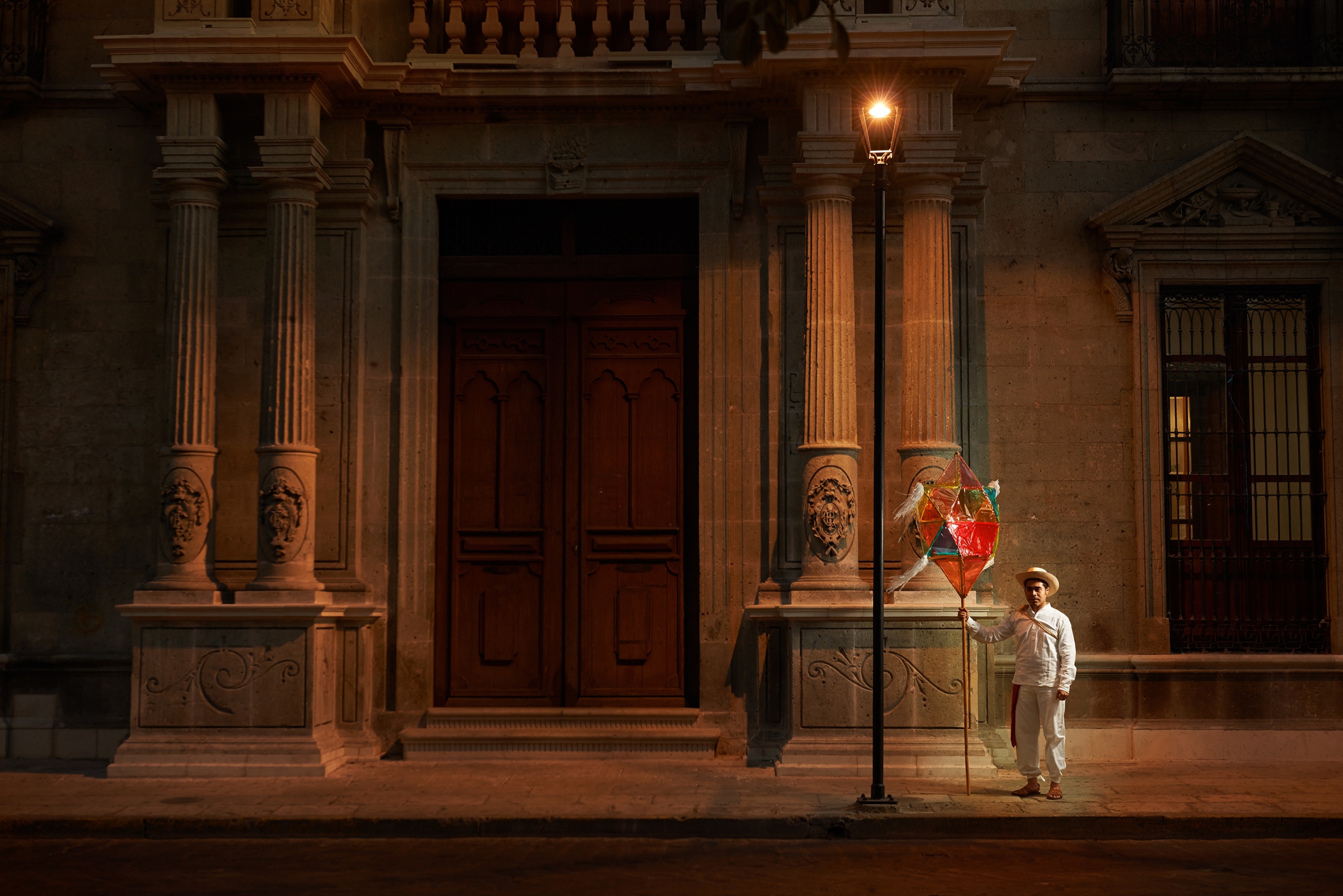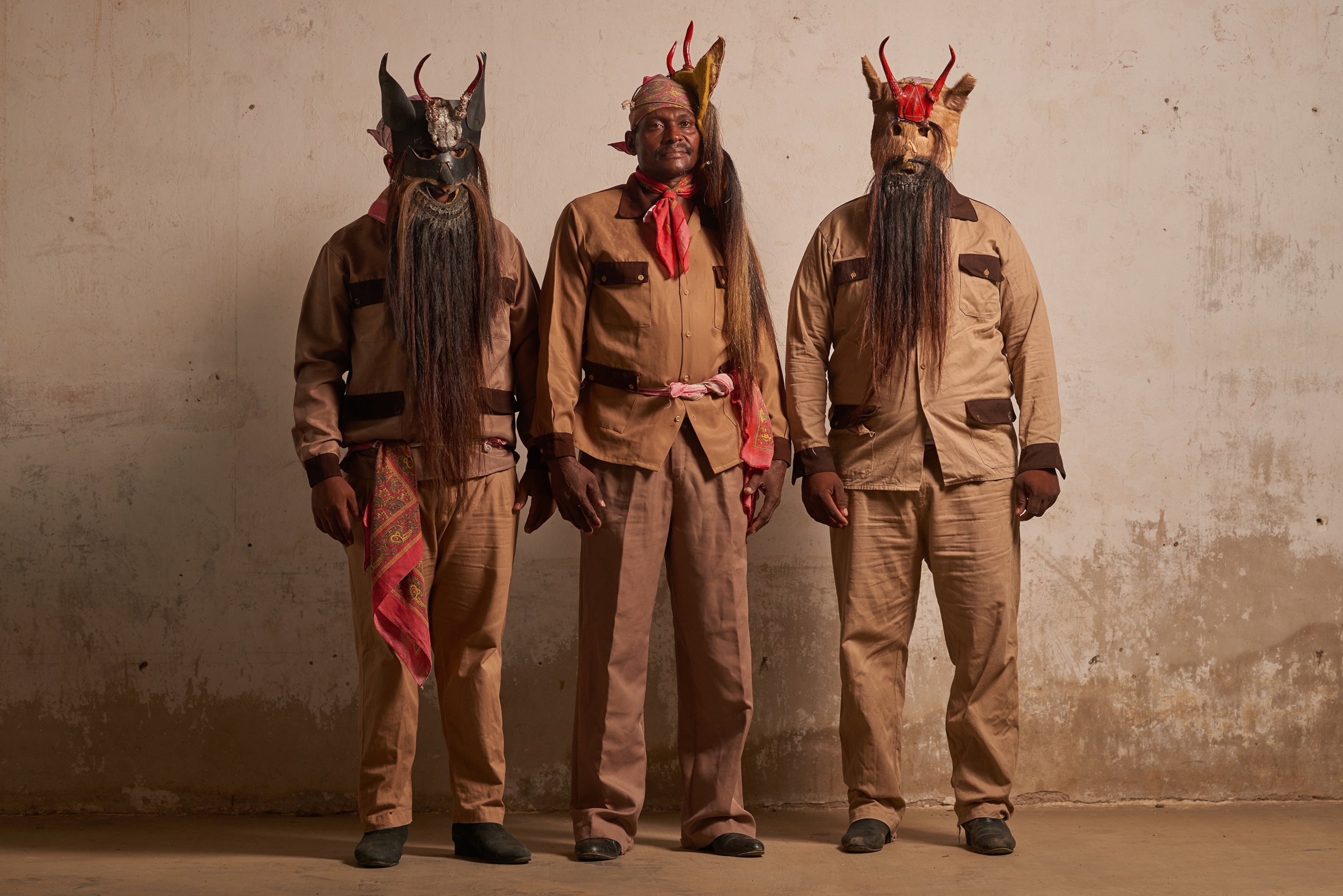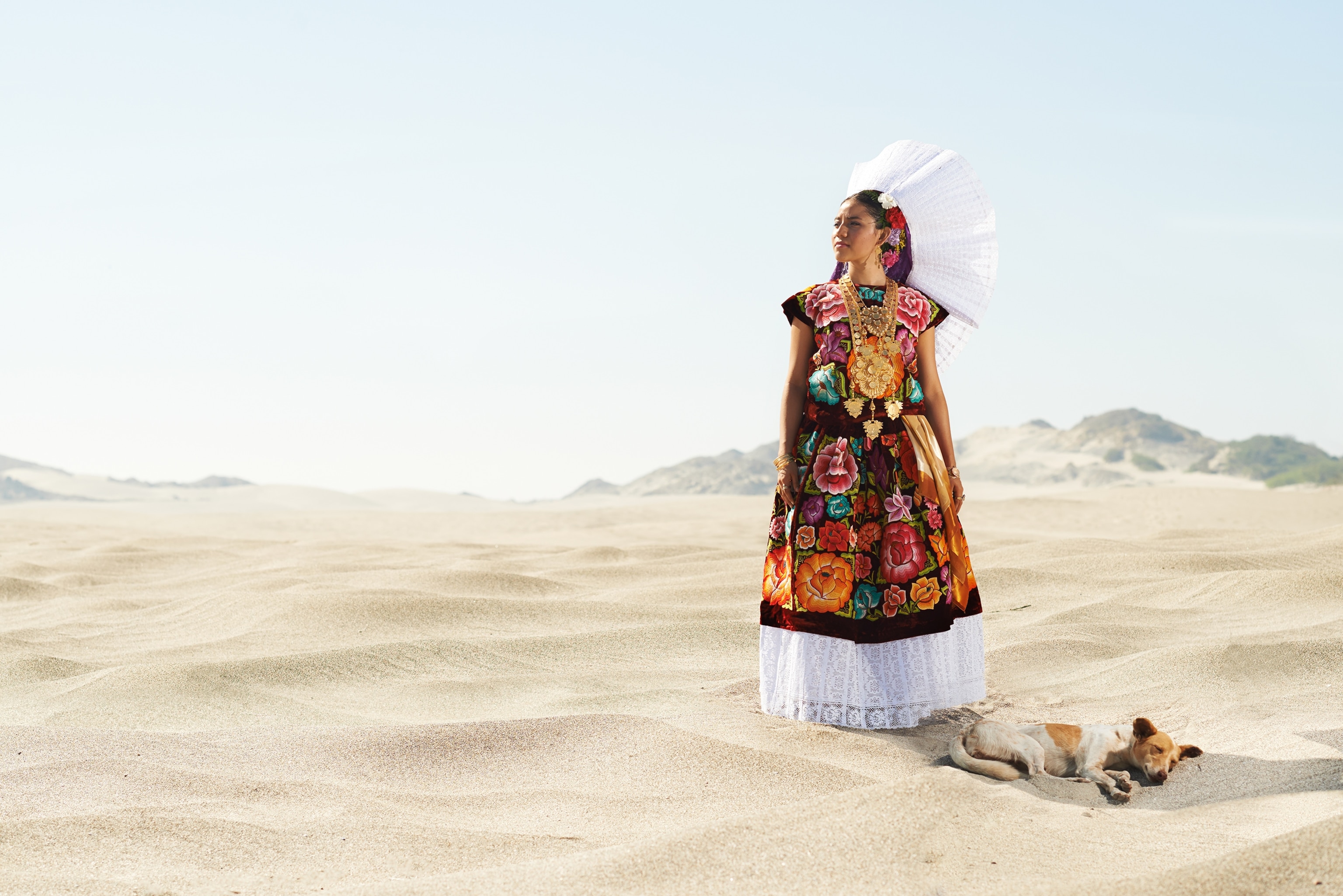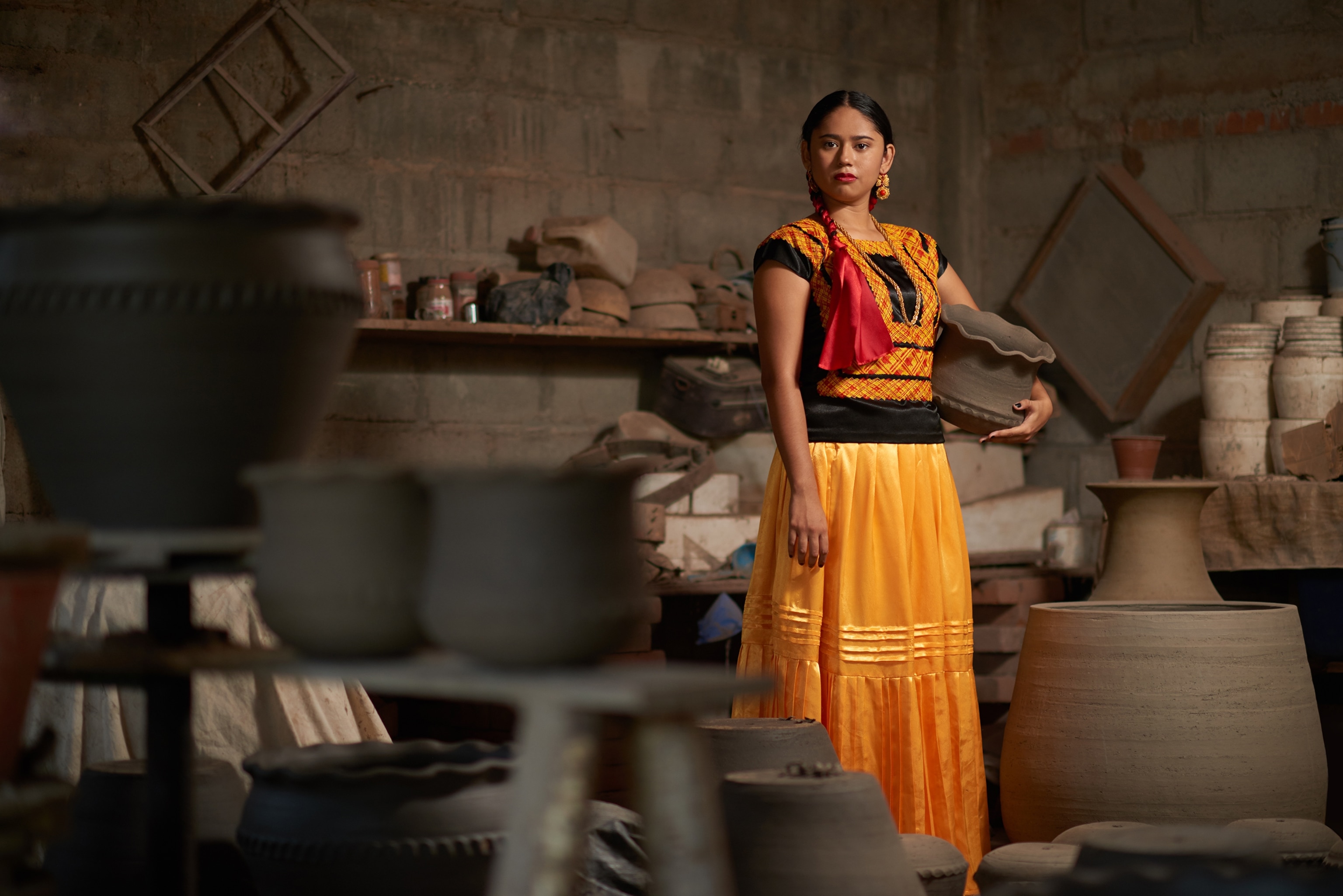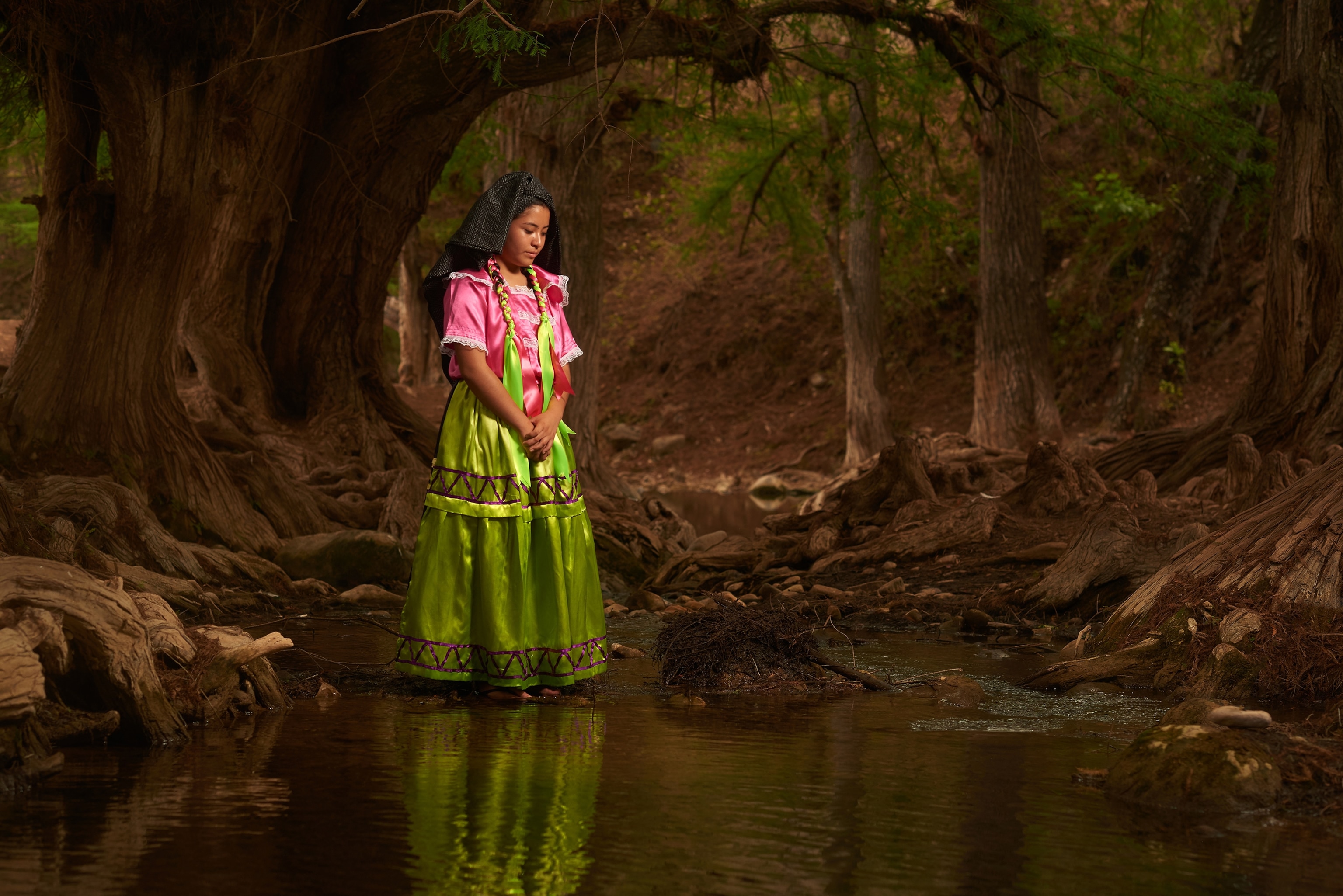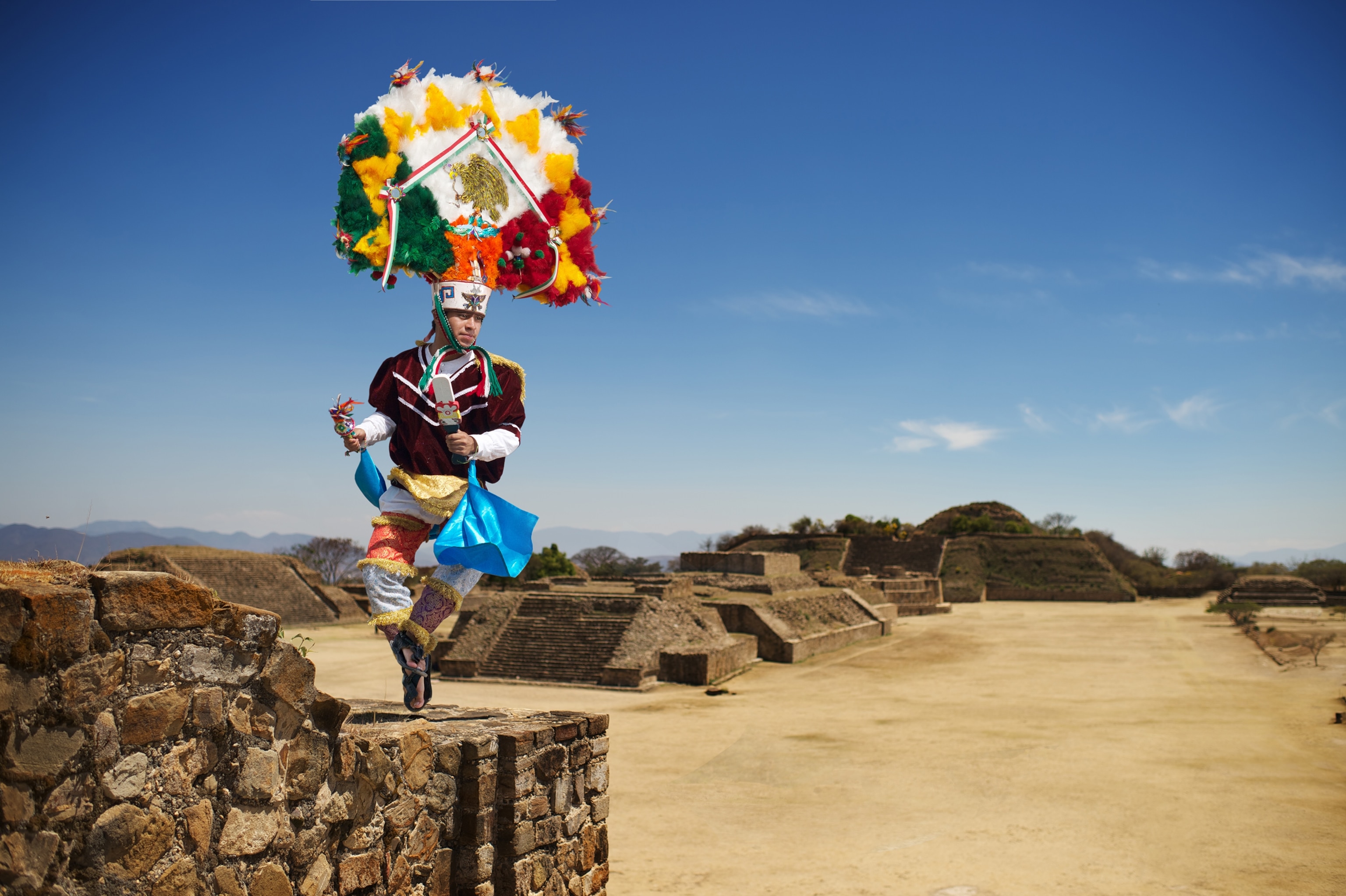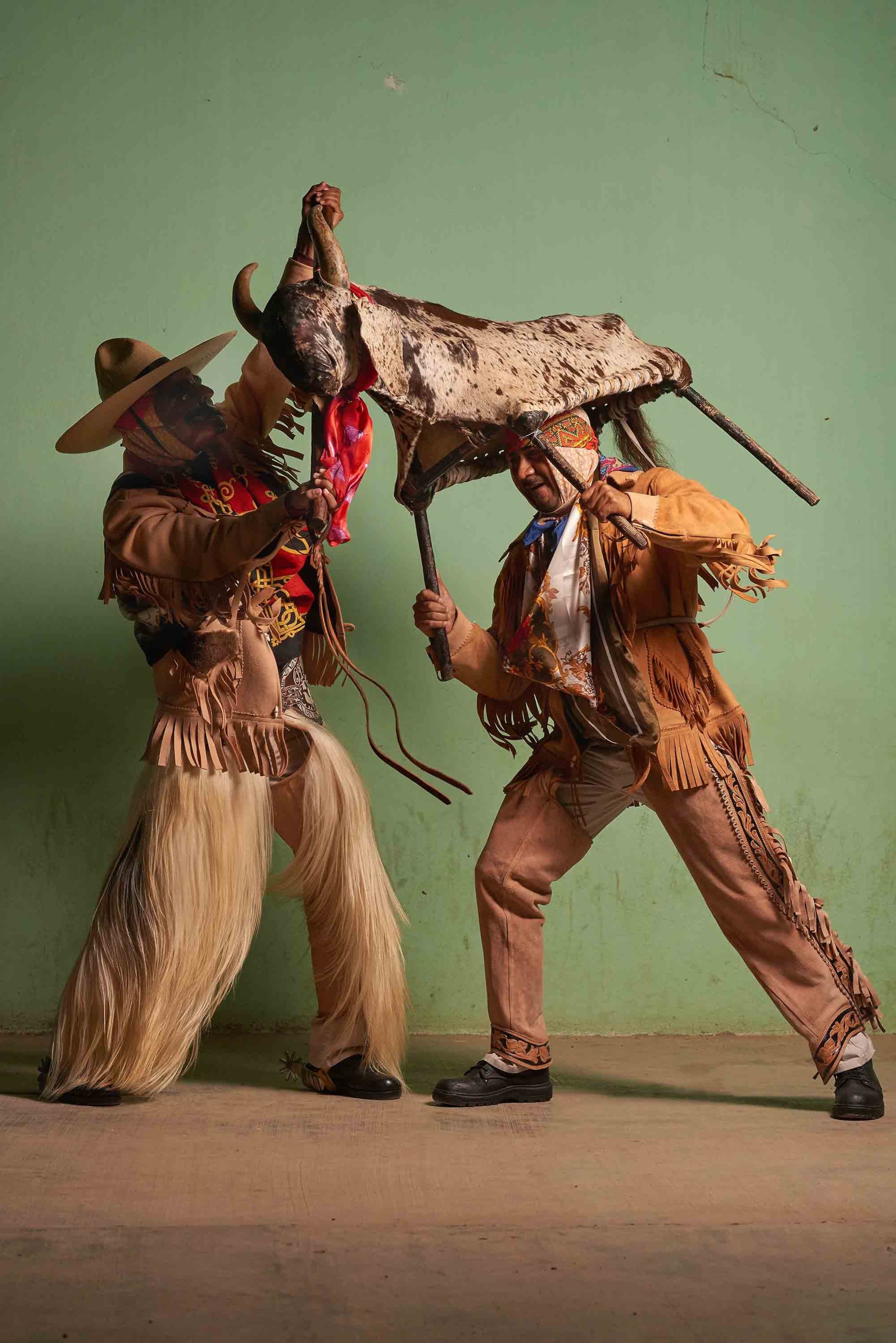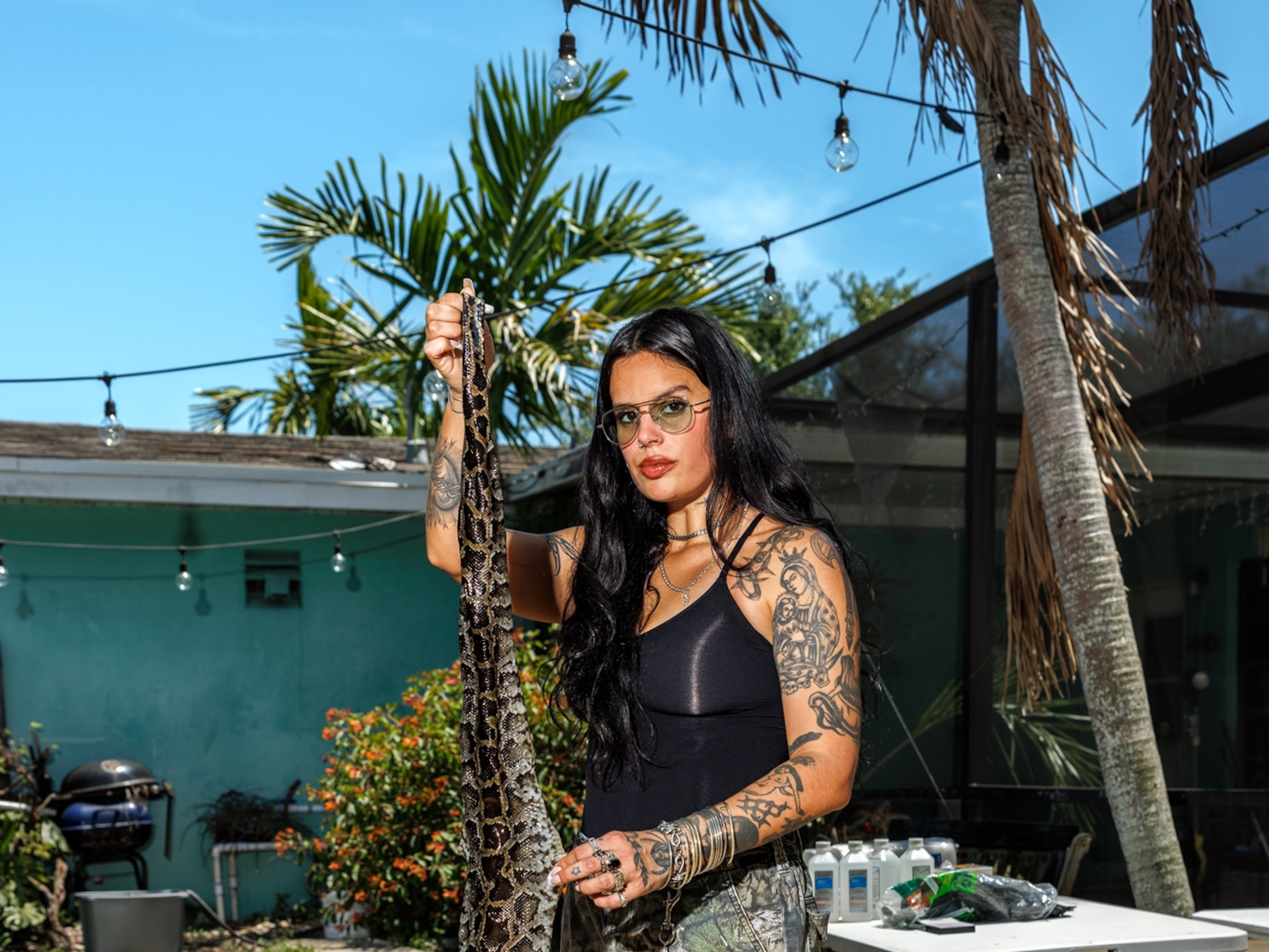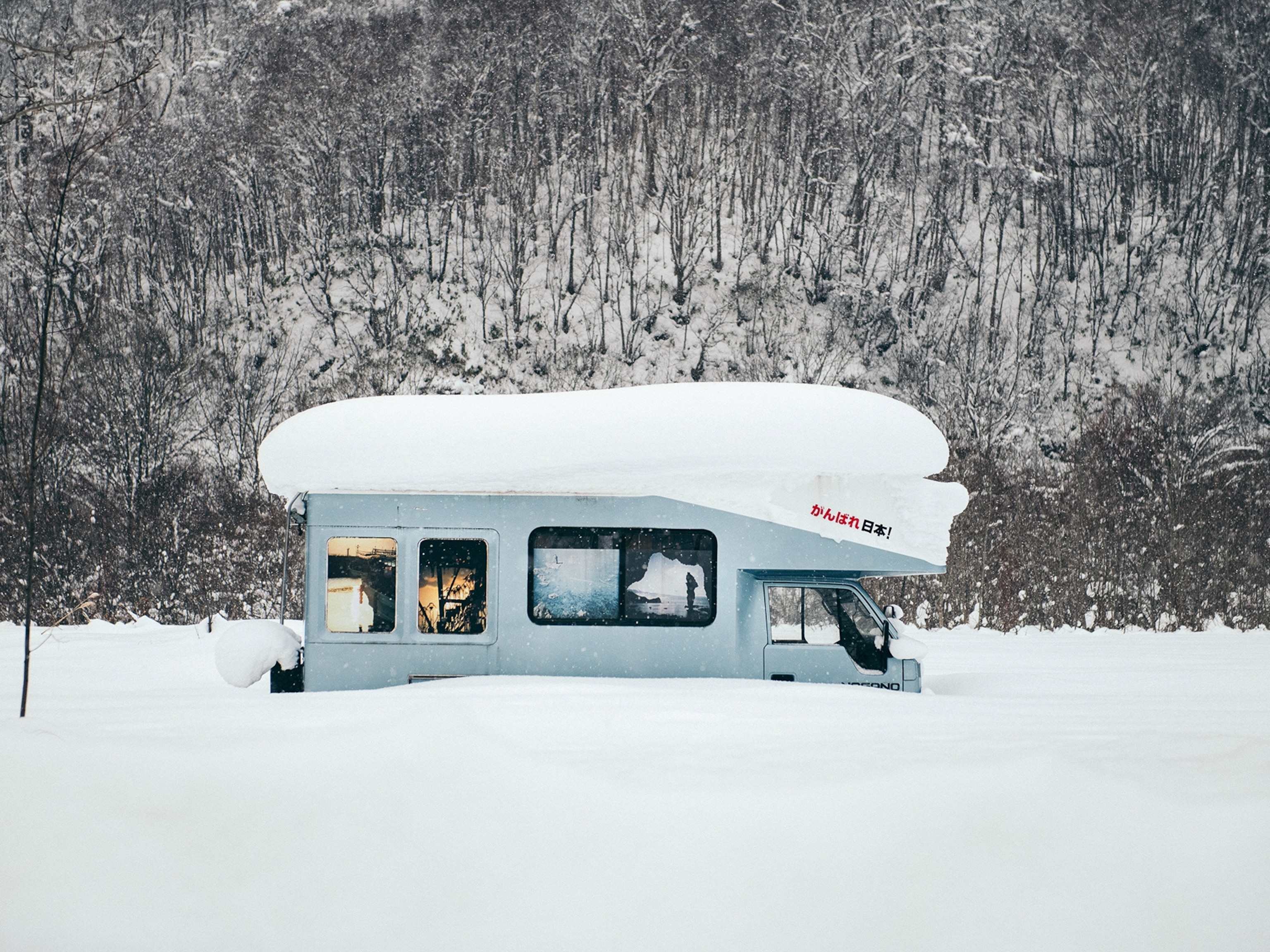
Stunning Portraits Reveal the Power of Traditional Fashion
In this Mexican region, the youth are carrying on the beautiful and intricate customs of their ancestors.
Mexico is a country full of bold colors and energetic festivals, but perhaps no state is quite as committed to the preservation of their customs and costumes than Oaxaca. Just ask Mexican photographer Diego Huerta, who is dedicated to documenting and sharing these rituals, which he says are largely preserved by the youth of Oaxaca, who take pride in the inheritance of the traditions from their ancestors.
Each year in July, people from all over the state of Oaxaca meet in the capital city for the Guelaguetza festival, which is sometimes referred to as Los Lunes del Cerro, or Mondays on the Hill. The 16 indigenous groups of the region gather to share their respective music and dances in celebration of Centoetl, the corn goddess. It is by far one of the biggest festivals in the state, but by no means is it the only way to experience the art and dance of Oaxaca, where festivities and local dress can be found year-round.
Huerta answered a few of our questions about this unique Mexican state and its traditions.
Where in Mexico did you grow up? Do you have memories of the textiles, fashions or costumes that were around you as a child?
I was born in the state of Nuevo León in the city of Monterrey. Northeastern Mexico has always been characterized by having broken ties with native peoples, so that the traditions are practically extinct. That is why, when I first [met] with the Wixárika people in the mountains of Jalisco, I could not believe [the] beauty in their clothes. From that moment, I decided it was time to know everything I [possible] about traditions in Oaxaca.
Please explain the story of the woman wearing the flowered gown, surrounded by fireworks in Oaxaca? What was the festival for?
In general, people believe when they see a woman wearing her traditional Tehuana costume that it is for a festival, which is completely wrong. In the portrait, the woman wears her traditional dress, which has undergone very little modification in the last 100 years. The two men who are behind the woman are called toritos. They use an object made of reed in the shape of a bull, and they add dust and light them on fire to create the sparks.
The region of the Isthmus of Tehuantepec in Oaxaca is distinguished by many festivities in honor of the patron saints and virgins of the Catholic churches, where thousands of women wear costumes made by hand by local craftsmen. The flowers are embroidered with silk thread on velvet cloth, and are adorned with gold jewels that have been passed down from generation to generation. It is important to point out that the use of gold is not given to demonstrate status or power, but rather they are relics that families take care of and pass down.
Can you tell me about the headdress and how it is made? What does it represent?
The headdress is made of folded and starched white lace, allowing it to remain rigid. It has two functions—to be religious and festive. When women enter the church they wear it in an inverse manner to show respect and humility.
The costumes for the Dance of the Devils seems to be less elaborate and colorful than the costumes for other dances. Can you tell me about them?
- National Geographic Expeditions
The Dance of the Devils is characteristic to Oaxaca’s coast. The town of Collantes, which is one of the villages where this dance is performed, has preserved dances and sounds of Africa. The costumes represent the way slave masters ordered their slaves to dress. Despite its simple and humble dress, the wealth of the Afro-Mexican people is demonstrated in each of their dances.
How often and in what context are some of these traditional costumes worn today?
Unlike the rest of Mexico and much of the American continent, the traditional dress in the state of Oaxaca is worn regularly in the eight regions, especially in the dress of women. It should be noted that the costumes differ in each town based on the fabric and colors.
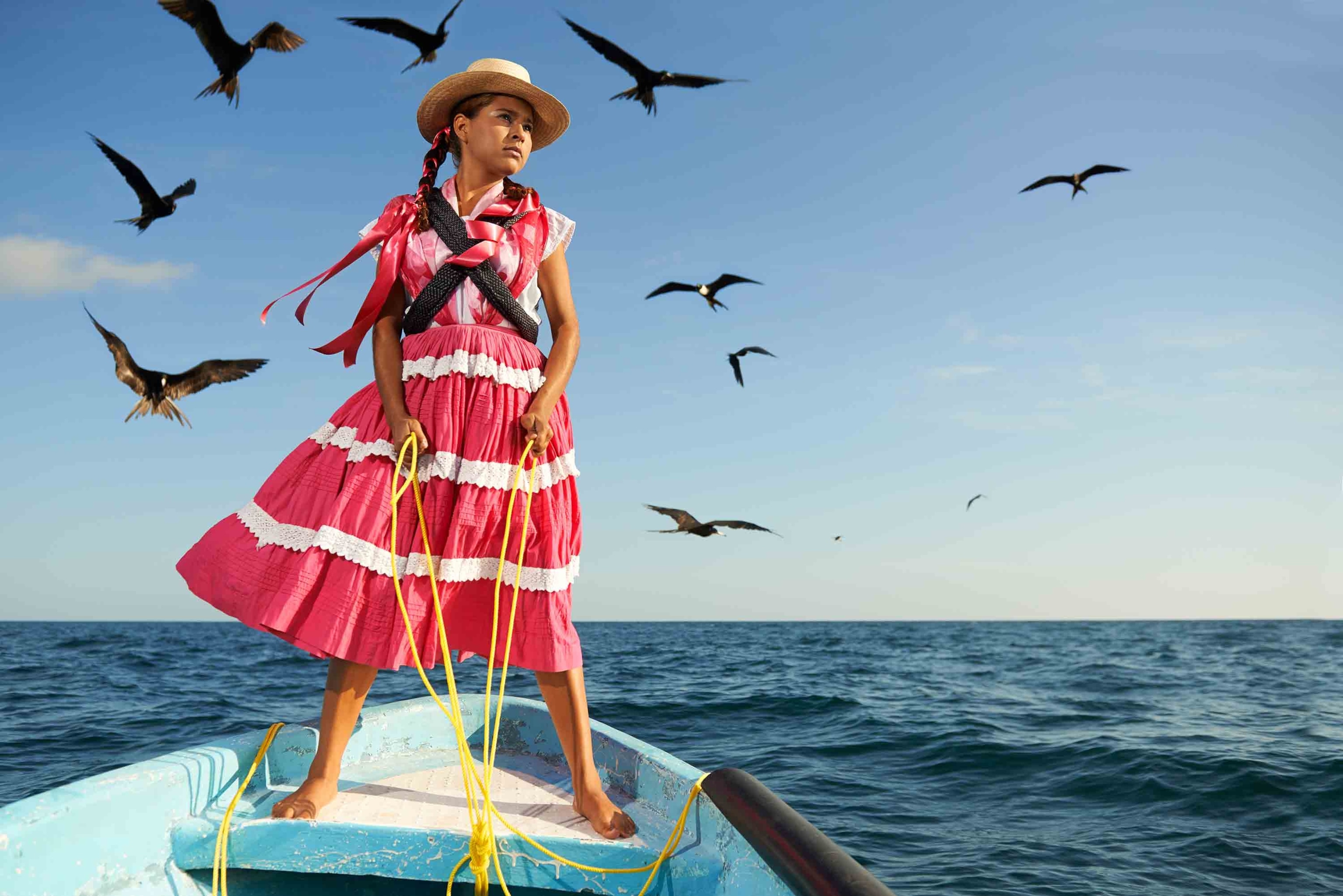
Diego Huerto is a Mexican photographer based in Austin, Texas. These photographs accompanied Traveler Magazine's Best Trips of 2018. You can see more of Huerta's work on his website.

